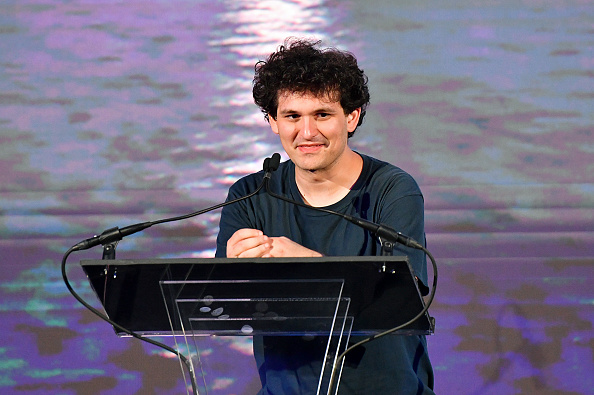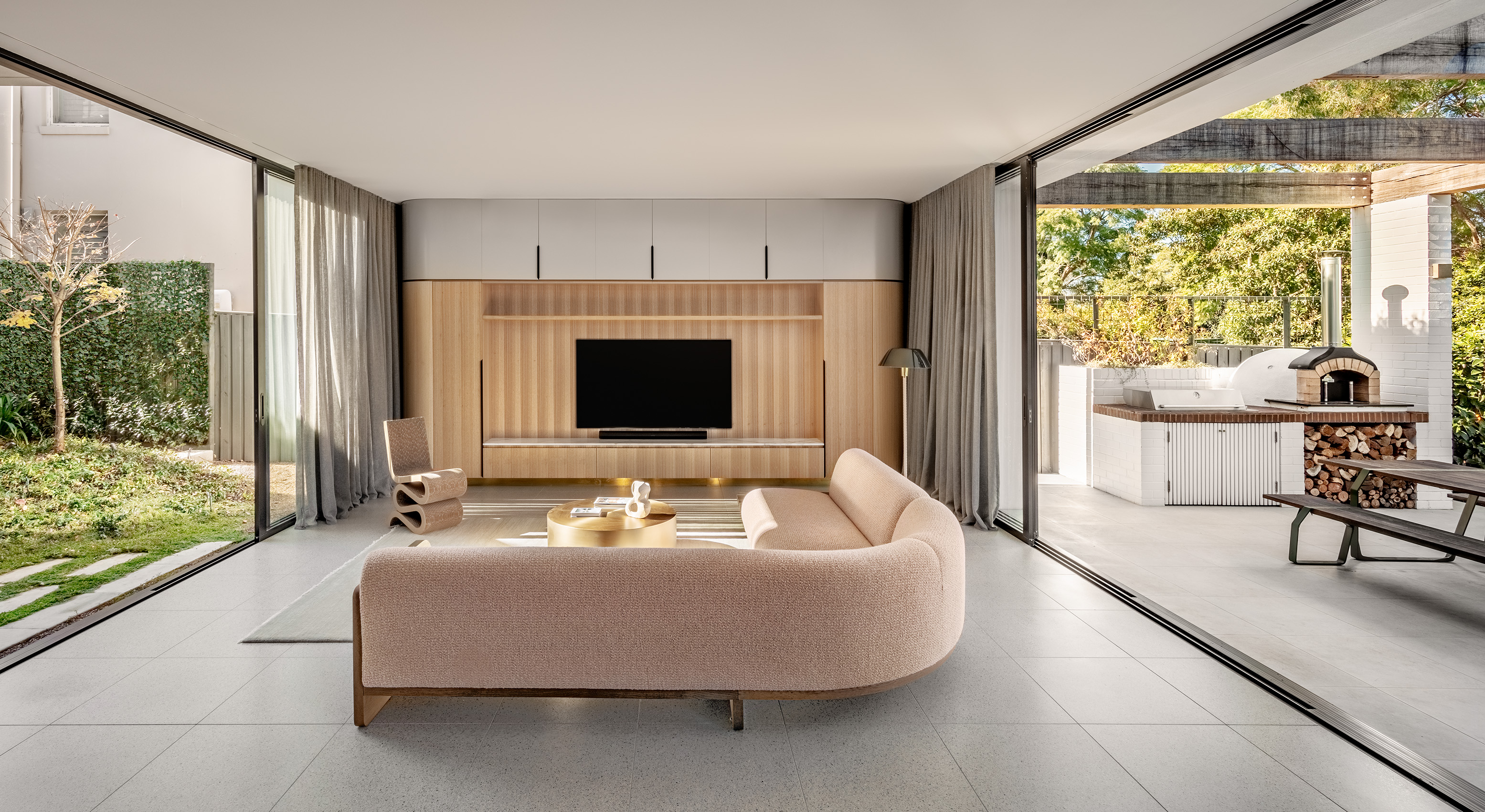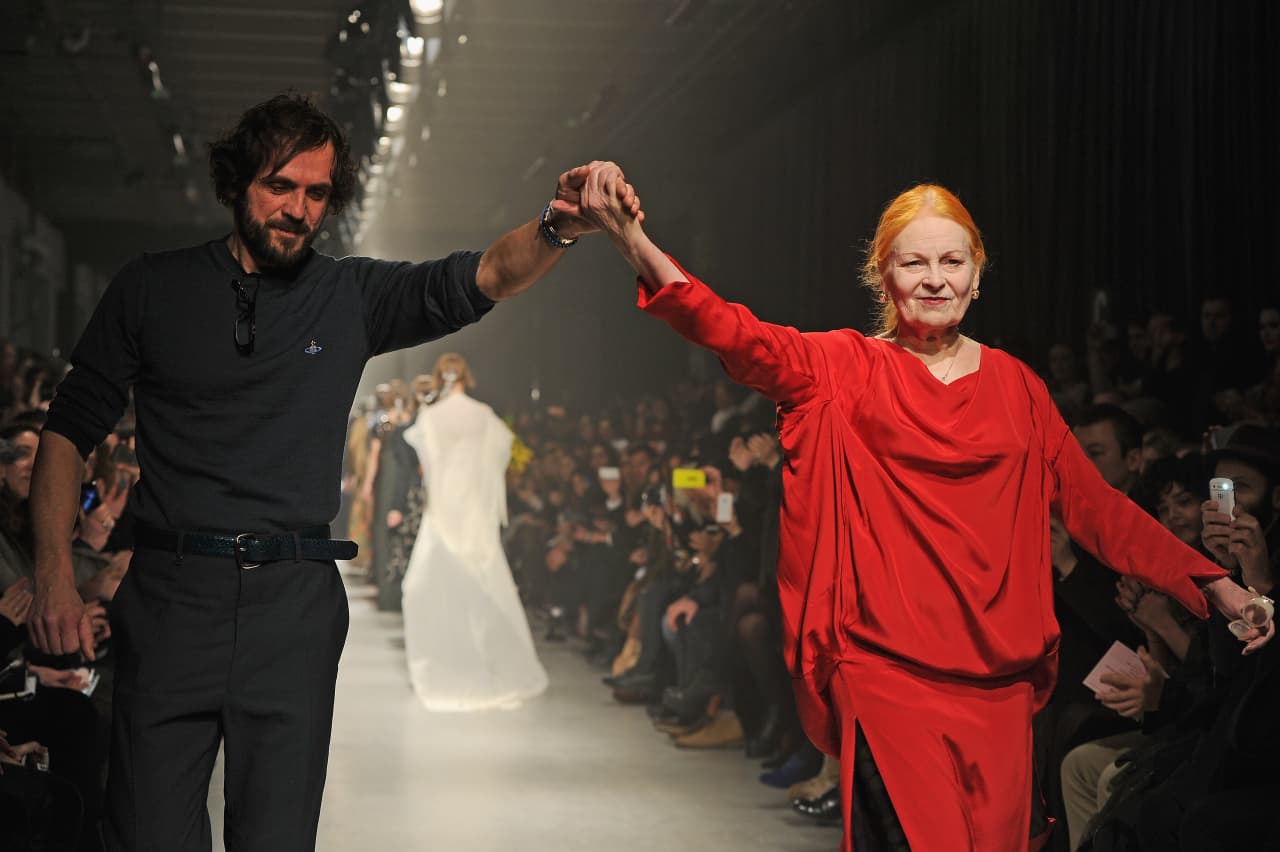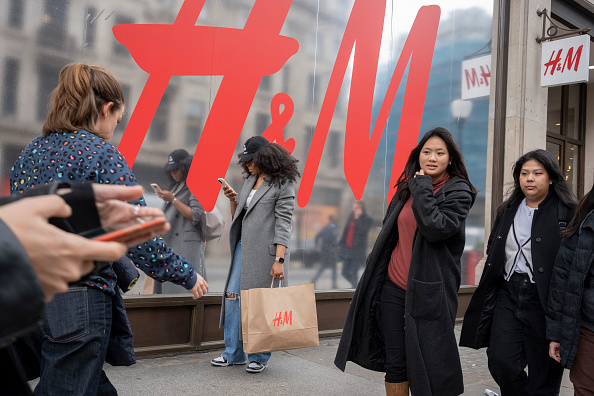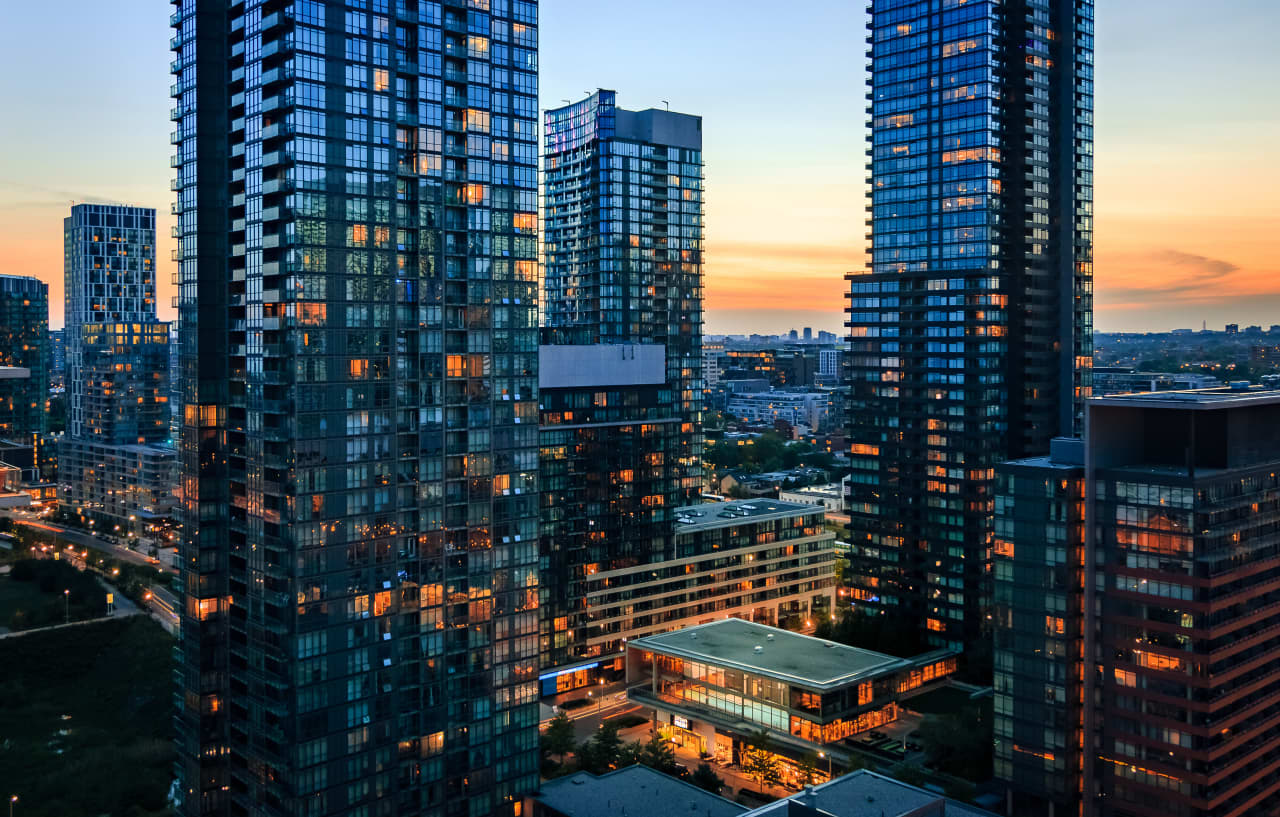Sam Bankman-Fried Denies Knowing Scale of Bad Alameda Bets
FTX’s co-founder says he made mistakes during his tenure at the helm of the cryptocurrency exchange but didn’t ever try to commit fraud
Sam Bankman-Fried said that he didn’t intend to commit any fraud or use customer funds to back leveraged bets that went wrong at Alameda Research, a cryptocurrency hedge fund attached to FTX that pushed the exchange to bankruptcy.
Mr. Bankman-Fried, speaking at the New York Times DealBook Summit in New York, denied knowingly commingling customer funds to back his crypto trading operation and tried to deflect some of the blame for FTX’s collapse away from himself, saying he was surprised at the size of Alameda’s bets that went wrong.
“I didn’t know exactly what was going on,” Mr. Bankman-Fried said via livestream from the Bahamas. “I learned a lot of these things as they were going on.”
The comments came at Mr. Bankman-Fried’s first known public appearance since he resigned from FTX and the firm collapsed into the largest-ever bankruptcy by a cryptocurrency platform.
FTX, long a chaotic mess despite its public image of stability, failed after dipping into customer funds to back billions of dollars in risky bets by Alameda, its affiliated trading firm. New managers hired to steer the firm through bankruptcy are only beginning to sift through FTX’s liabilities and hunt down assets that left it before it failed. The firm was plagued by an unprecedented lack of corporate controls, according to its new management, and cryptocurrencies deposited by millions of customers are still frozen on the exchange, with little indication of how much they will get back or when.
Appearing in a black T-shirt and drinking a LaCroix sparkling water during a roughly hourlong interview, Mr. Bankman-Fried repeatedly apologised for the collapse of FTX and acknowledged “core management failures” that led to a distraction from the basic business of ensuring that the exchange could protect customers’ money and had sufficient liquidity to meet withdrawals.
He also spoke about an extensive lobbying campaign in Washington designed to advance the firm’s interests, which has drawn scrutiny amid the firm’s collapse.
“There are things I felt like we needed to do for the business; there were things that were crucial for us to be able…to get regulated and get bank accounts,” Mr. Bankman-Fried said.
Responding to a question about whether FTX and Alameda were more closely connected than previously understood, Mr. Bankman-Fried said Wednesday that they were “tied together more than I would have ever wanted it to be.”
Mr. Bankman-Fried, however, maintained that he didn’t knowingly commingle FTX client funds. He said he started to get concerned late on Nov. 6 of problems with Alameda’s position on FTX and later that day started to get concerned that “things might end quite badly here.”
“Alameda’s position was big on FTX,” Mr. Bankman-Fried said.
Mr. Bankman-Fried had faced a rebellion from some Alameda employees years earlier in part over what they viewed as his cavalier approach to risk, The Wall Street Journal reported Wednesday. Since the firm’s collapse, he has maintained his residence in the Bahamas, where he relocated FTX in 2021, and is cooperating with local authorities over the wind-down of its operations in the country, according to court papers.
“Right now, I’m looking to be helpful anywhere I can with any of the global entities that want my help,” Mr. Bankman-Fried said on Wednesday about his cooperation with regulators over the collapse of FTX.
Customers of largely unregulated crypto platforms lack the safety nets such as deposit insurance that kick in when traditional banks and brokerages go under. The task of cleaning up after FTX and other recent crypto failures has largely fallen to U.S. bankruptcy courts, which have only begun to answer how crypto customers should fare in an insolvency.
Prosecutors in New York and the U.S. Securities and Exchange Commission are examining the firm’s collapse. The alleged misuse of customer funds has exposed Mr. Bankman-Fried, who also founded and owns Alameda, to potential criminal liability, according to experts in white-collar criminal law.
Mr. Bankman-Fried said Wednesday he believed most U.S. exchange customers should be able to recover their locked-up crypto but that FTX’s international customers may not be able to.
“I’m confused why FTX US isn’t processing withdrawals right now,” he said, adding that he believed it should be able to return all assets belonging to American customers.
Representatives for FTX’s new management didn’t immediately respond to a request for comment Wednesday. John J. Ray III, FTX’s new chief executive, has criticised Mr. Bankman-Fried for making “erratic and misleading” statements since he stepped away from the firm.
FTX suffered a “complete failure of corporate controls” according to Mr. Ray, who said in a bankruptcy-court filing that in his 40 years in the business of restructuring companies, including Enron, he has never seen anything as bad as FTX.
At FTX’s first appearance in bankruptcy court last week, lawyers for the company’s new management said Mr. Bankman-Fried ran FTX like a personal fiefdom that had little to no corporate governance or record-keeping.
Mr. Ray has also said that Mr. Bankman-Fried and his associates had used company money to buy themselves homes in the Bahamas and that management still can’t locate a substantial amount of FTX’s assets.
Mr. Bankman-Fried said his lawyers advised against him speaking in public on Wednesday, but he said he wanted to try to explain what went wrong at FTX.
“I have a duty to talk to people and to explain what happened,” he said. “I don’t see what good is accomplished by me being locked in a room pretending the outside world doesn’t exist.”
 Copyright 2020, Dow Jones & Company, Inc. All Rights Reserved Worldwide. LEARN MORE
Copyright 2020, Dow Jones & Company, Inc. All Rights Reserved Worldwide. LEARN MORE
This stylish family home combines a classic palette and finishes with a flexible floorplan
Just 55 minutes from Sydney, make this your creative getaway located in the majestic Hawkesbury region.
Futureproof your home and maximise your return with design directions that focus on contemporary ways of living
Looking to build, or renovate, a home in 2024? You’re not alone. According to a recent study from Resolve Finance, over a third of Australian homeowners are planning to renovate their current properties in the next 12 months. And if the Federal Government achieves its ambitious goal of delivering 1.2 million new dwellings over the next five years, there will be many new home owners looking to build their dream home in 2024 and beyond.
But before tackling such a behemoth task, considering all the latest—and future—architectural trends is pivotal in your new build’s success. Award-winning architect and interior designer, Georgina Wilson said sustainability will be at the forefront for many interested in energy efficiency and saving money on power bills.
“Elements of passive design are moving into the mainstream. Improvements in the technology with double glazing, building wrapping and insulation are meaning that more people have access to these materials,” Ms Wilson said. “Solar has proven itself and homeowners are now looking for other ways to make their home more efficient.”
The following eight trends reflect a growing emphasis on sustainability, flexibility, and wellbeing in residential architecture, catering to the evolving needs and preferences of homeowners in 2024.
—
1). Consider your colour palette
The colours you use say everything about the type of spaces you want to foster, whether they be bright and warm, dark and moody, neutral — the list goes on. If we’re looking to trends, earthy, calming neutrals are in — think brown, beige and eucalyptus green. Colours that feel natural and soft, but welcoming provide an inviting environment that’s easy to live with.
However, interior designer and stylist, Jono Fleming said contrast is important to create interest and one of the most powerful ways to do this is through colour.
“It doesn’t have to be a big splash of colour, it could be introduced through smaller decorative objects, a statement furniture piece or an artwork, but the colour should add balance to the space,” he said.
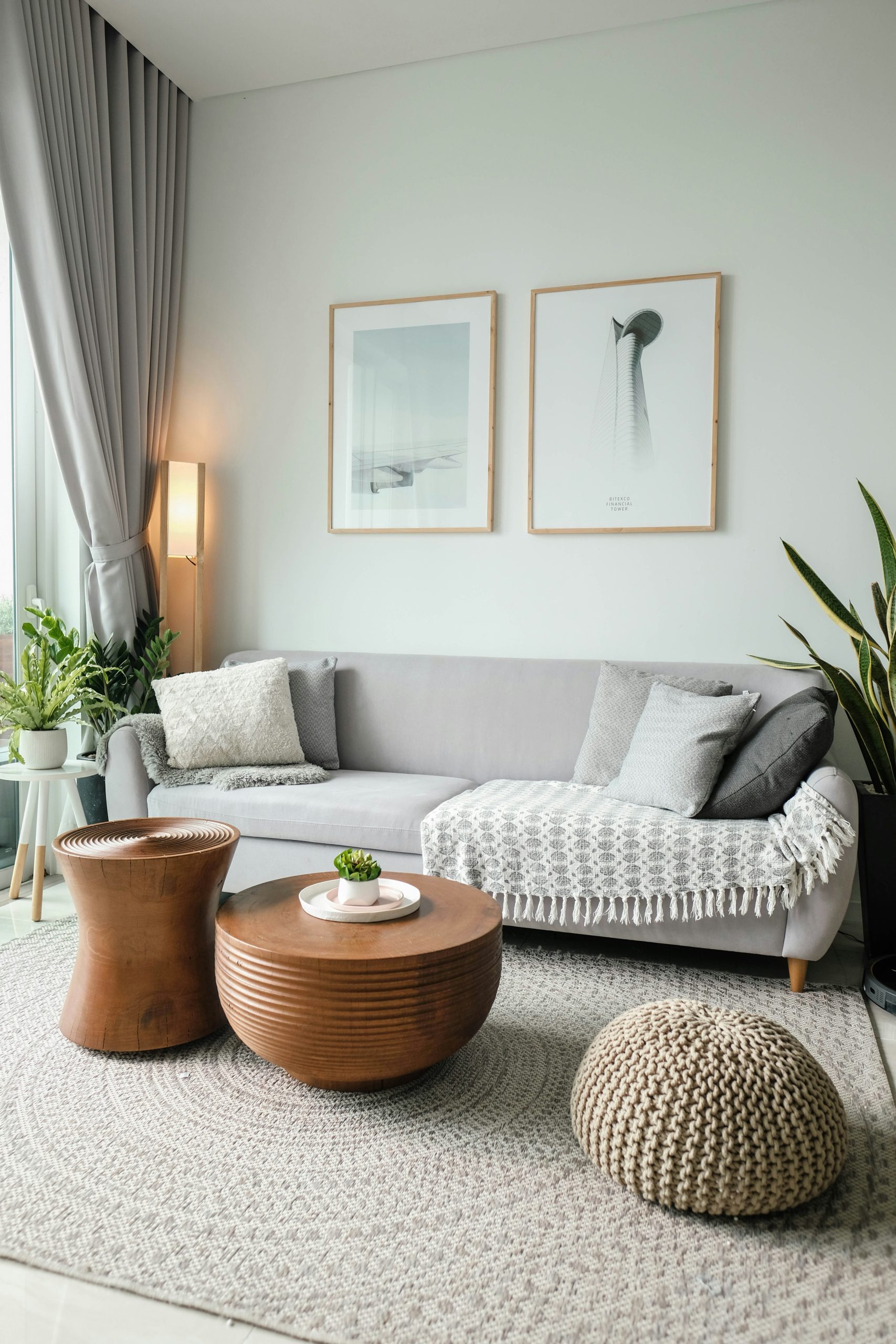
2). Modern, outdoor living areas
Ever since the COVID pandemic and subsequent lockdowns, expanding living spaces to the outdoors has gained in popularity. Features like plant-filled front porches, outdoor kitchens, fire pits, and cosy seating areas create inviting spaces for relaxation and entertainment for all family members.
“There has definitely been a greater appreciation for outdoor living spaces since COVID,” said Ms Wilson. “Outdoor fabrics and mechanisms for shading have greatly improved in recent years allowing people to fully embrace seamless indoor/outdoor living.”
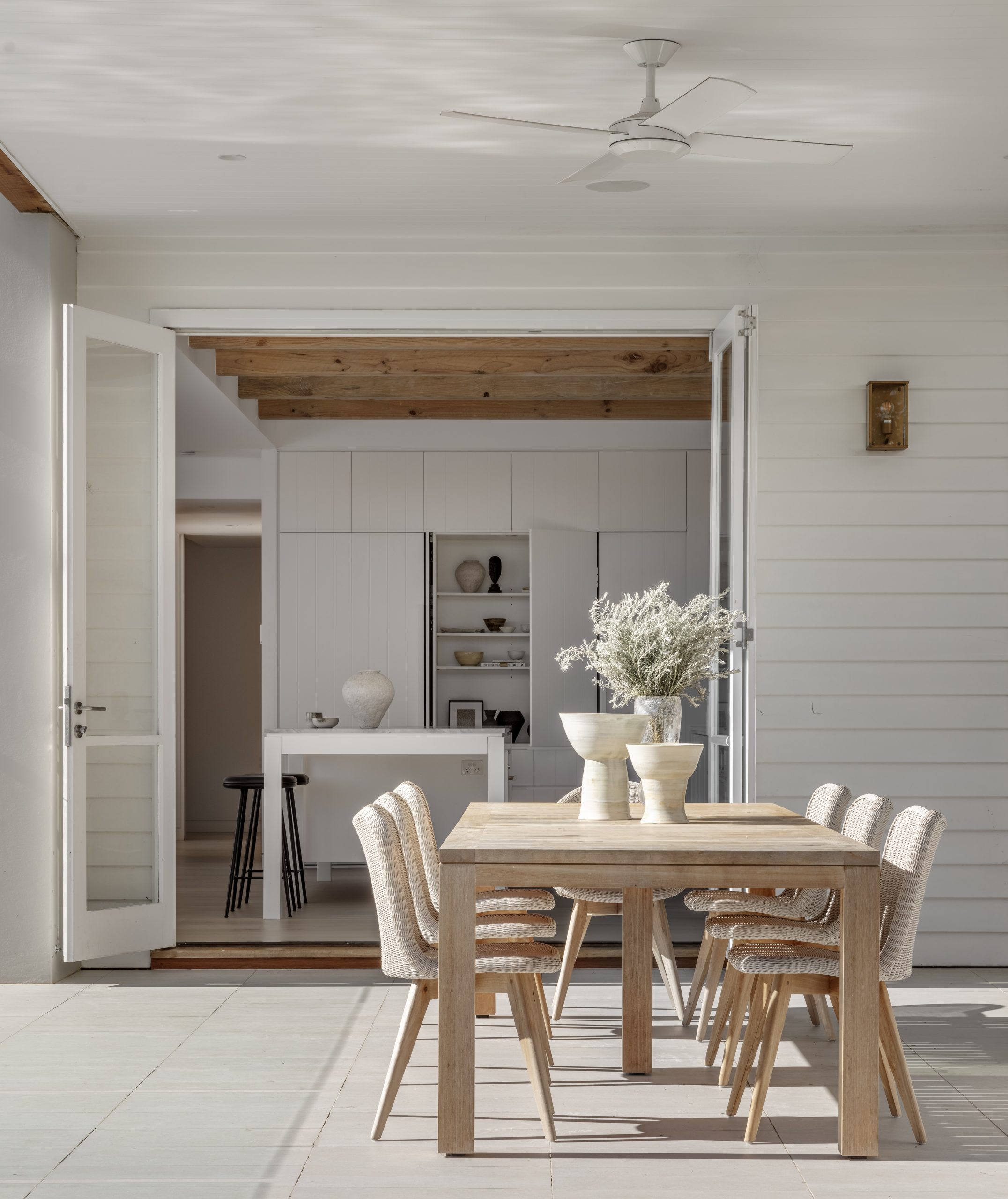
3). The integration of smart technology
Integrating smart home technology throughout your home continues to gain traction with homeowners. As we increasingly look to rely on technology to make our lives all the more seamless, smart technology throughout allows homeowners to control a variety of tasks and zones remotely, enhancing convenience, security, and even energy efficiency. This can include controlled heating and cooling from your phone, automatic lightning, voice control commands, and more.
“The technology for seamless appliances has come a long way. At Salone del Mobile Milano this year, we experienced the new Gaggenau fully integrated induction bench top, which in terms of kitchen design, is a huge advancement,” said Ms Wilson.
Gaggenau, the German manufacturer of high-end home appliances, is at the forefront of smart home technology, paving the way for intelligent cooking appliances that learn and adapt to user preferences. Gaggenau’s essential induction cooktop, the functional and seamless cooking surface Ms Wilson speaks of (pictured below), is designed to be “seamlessly integrated into a kitchen’s worktop”.
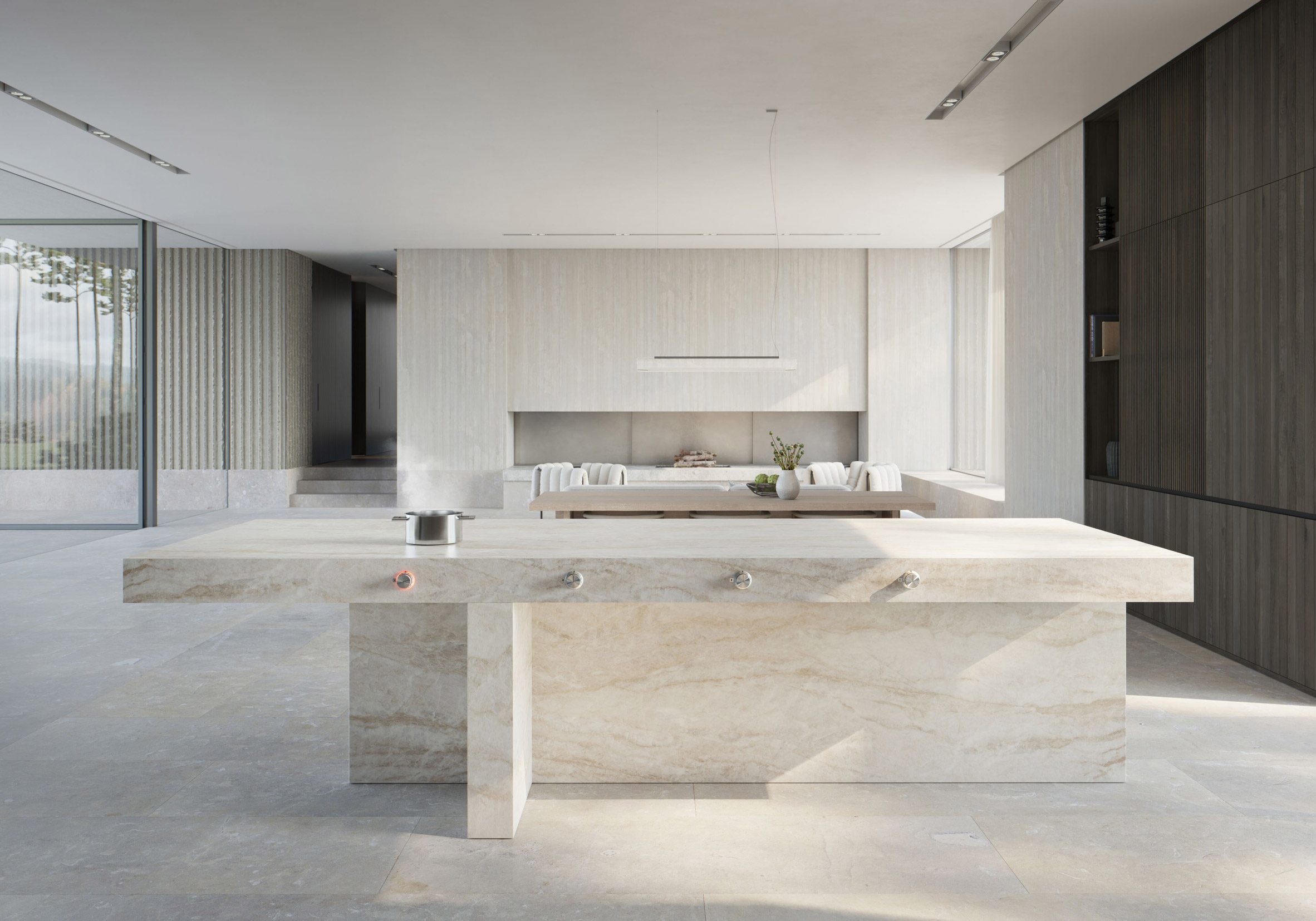
4). Health and wellness features
Prioritising health and wellness in 2024 is paramount, and home design that can include features like air purification systems, dedicated exercise spaces, recovering hubs—like saunas and ice baths—and relaxation areas to support physical and mental wellbeing will go a long way in not only adding value to your home, but providing a space that is architecturally on-trend and with the times.
“I’m seeing a lot of demand for in-built saunas, both traditional and infrared, particularly in the homes of our US clients,” said Ms Wilson.
“Bathroom suppliers such as Kohler, Duravit and Toto are offering increasingly sophisticated products that incorporate an almost spa-like experience in your at home bathroom. Examples of this are fantastic multi-nozzle showers and steam showers, Japanese toilets incorporating bidet technology, and elegant and serene bathroom furniture that can be fully customised for clients.”
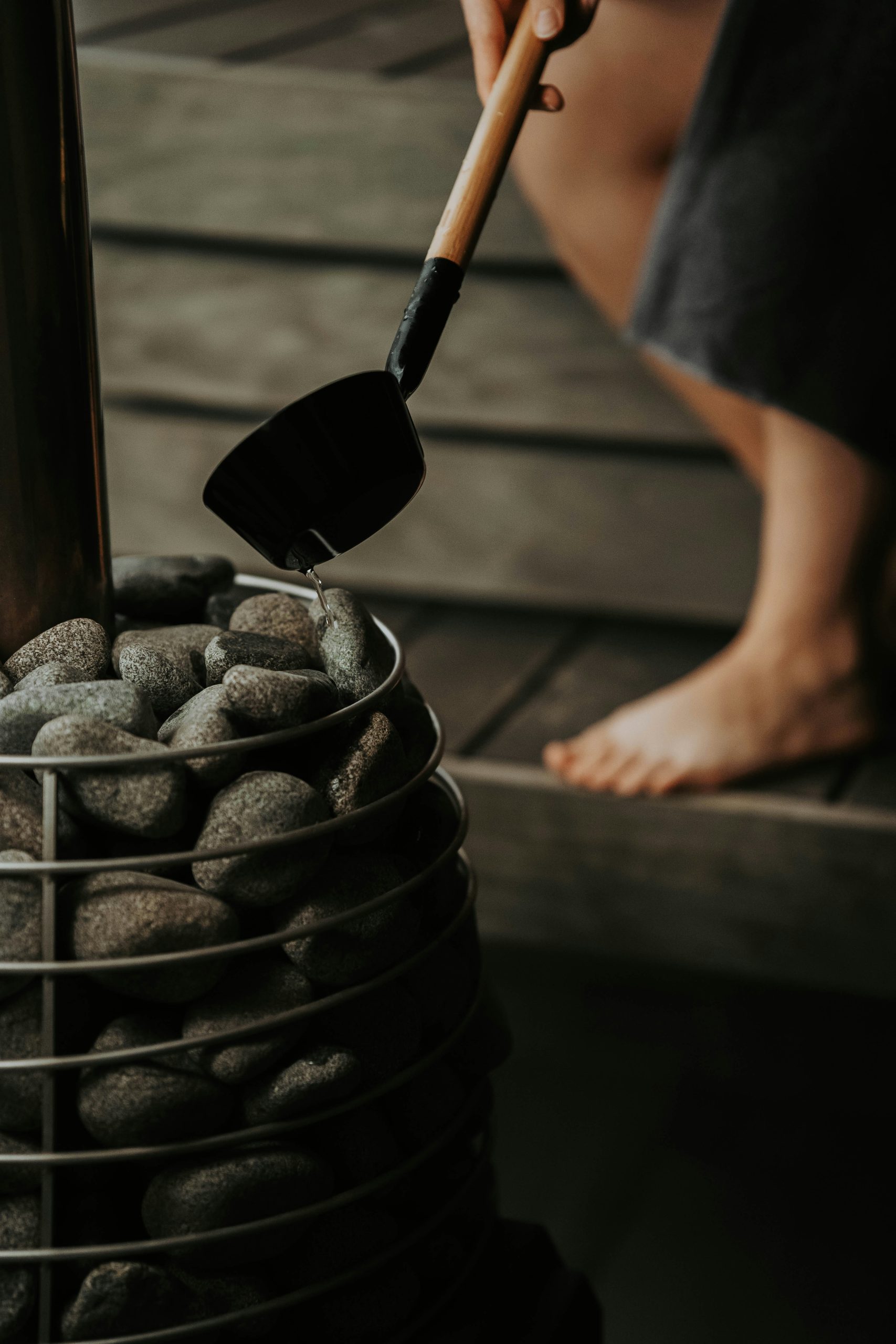
5). Sustainability is key
A common goal among homeowners and future buyers alike is to own a property that is flexible enough grow with them. Futureproofing your home with sustainable measures will not only ensure its longevity, but it will help homeowners to play their part in addressing their carbon footprint.
“The current cost of living crisis is leading to a lot more multigenerational living, meaning families are prioritising durable materials and sustainable power sources, like solar,” said Ms Wilson.
Consider adding solar panels to your home, utilising sustainable materials in any upcoming renovations or builds, like recycled timber, and utilising energy-efficient lighting throughout your home.
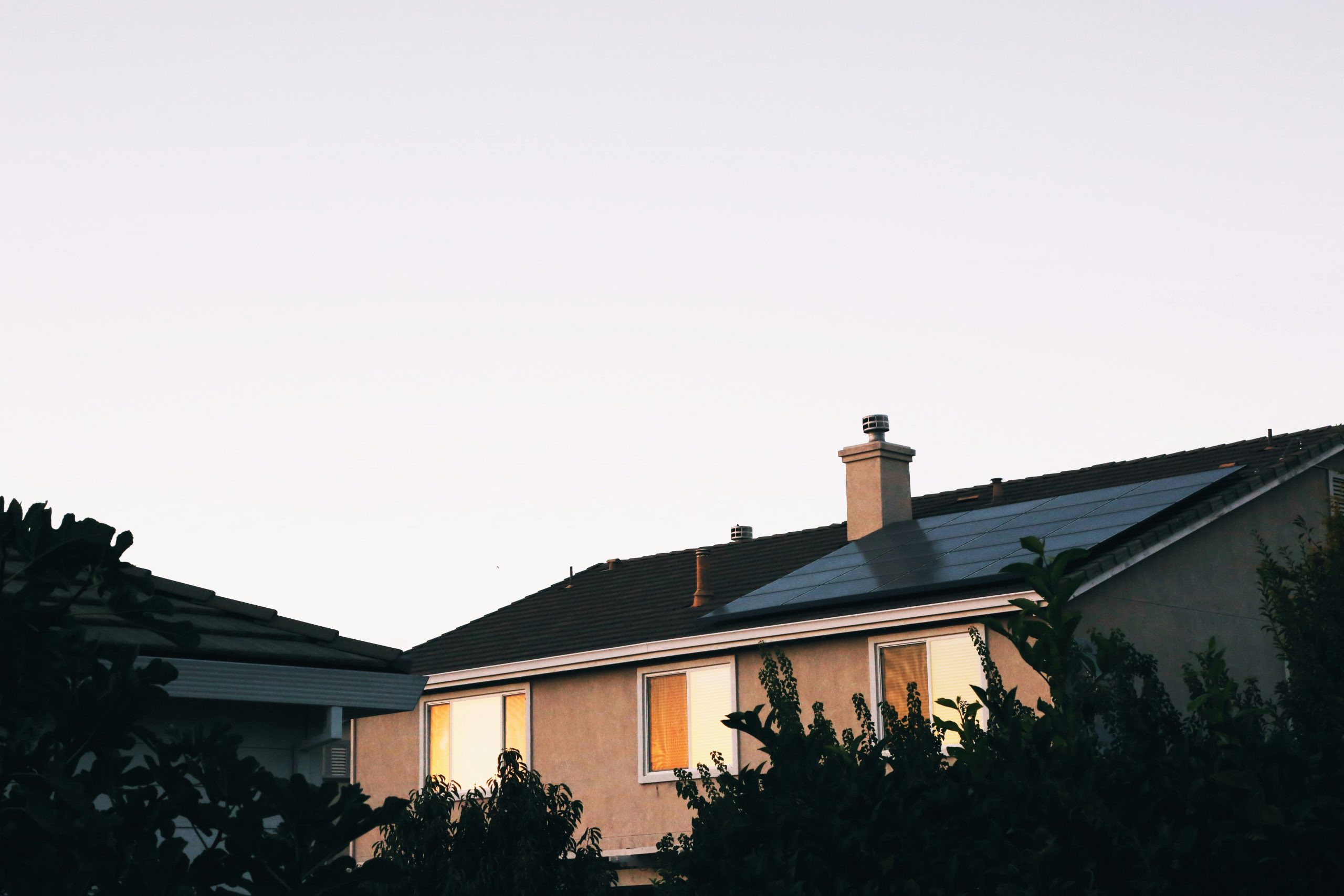
6). Minimalist design
Do as the Scandinavians do – introduce minimalist design into your home. Embrace simplicity and clean lines with a focus on interior design. Decluttering in main living spaces is surprisingly effective. Adopting the approach of ‘Swedish Death Cleaning’, which essentially involves slowly ridding your house of unwanted or unused items once you reach the other side of 50, will also help you whittle your possessions down to the beautiful and the necessary.
Minimalist design in home appliances is also making a resurgence in 2024 according to Ms Wilson.
“What I’ve been interested to see at Salone del Mobile Milano in 2024 is a huge return to stainless steel finishes, and more and more seamless integration of appliances,” said Ms Wilson.
“We’re seeing timeless materials in reimagined applications: copper baths and stainless steel basins are emerging trends with the potential to be timeless. These materials are so practical, and pair beautifully with natural stone and timbers.”
Above all, maximising different spaces through efficient and effective storage options will also do wonders in achieving that minimal aesthetic.
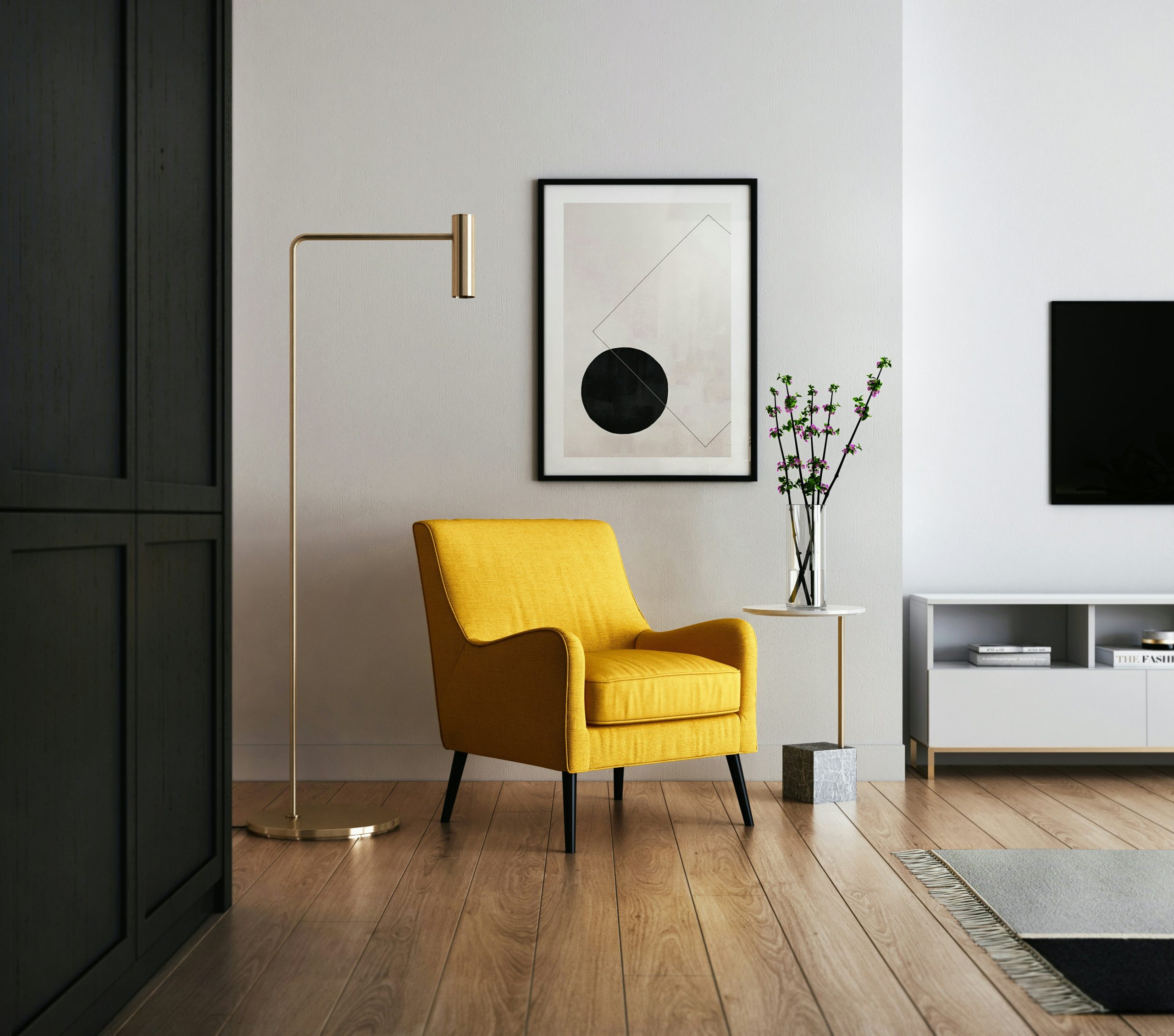
7). Multifunctional spaces
As we move towards greater efficiency of space, it’s useful to consider multifunctional spaces throughout your home. In 2024, we are seeing more homes incorporate multifunctional spaces and trends. This includes using multifunctional furniture in main bedrooms or living spaces—furniture that can act as storage ottomans or convertible sofa beds—as well as transforming wasted space, and open up indoor to outdoor living.
“Multifunctional spaces in homes are a great idea. Particularly in small homes, it makes a lot of sense to achieve maximum value out of the limited space available. The way you use a space can change as your family evolves over time, so it’s always good to design in such a way that allows for flexibility,” said Ms Wilson.
“Make sure that the functions you allocate to a single room are compatible with the space available and each other. For example, it works really well to combine a living room, a dining room and a kitchen in one open plan space because these are all public, lively spaces. It doesn’t work very well to combine, say a study, with these spaces because you will want control over the visual and acoustic privacy in a study.”

8). Think about biophilic design
A buzz word among architects and interior designers, biophilic design is one of the strongest trends in 2024 thanks to its benefits in garnering a sense of harmony and connection between your home and the environment. Consider incorporating natural elements into home design, such as large windows to maximise natural light, indoor gardens, and natural materials like wood and stone.
“Biophilic design is a timeless principle, in that home design should connect people in a positive way with their natural environment by maximising access to, and the ability to control, natural light and ventilation, which really helps to create an enjoyable (and healthier) environment to live in,” said Ms Wilson.
“Increasingly, there is a demand for this positive relationship to the natural environment; by leaning on the principles of biophilic design, you can create a haven and retreat at home that can help with the daily stresses of life.”
Ways to foster that indoor-outdoor connection can be through the addition of smaller internal courtyard spaces filled with greenery, or incorporating indoor plants and adding greenery into different rooms throughout your home.
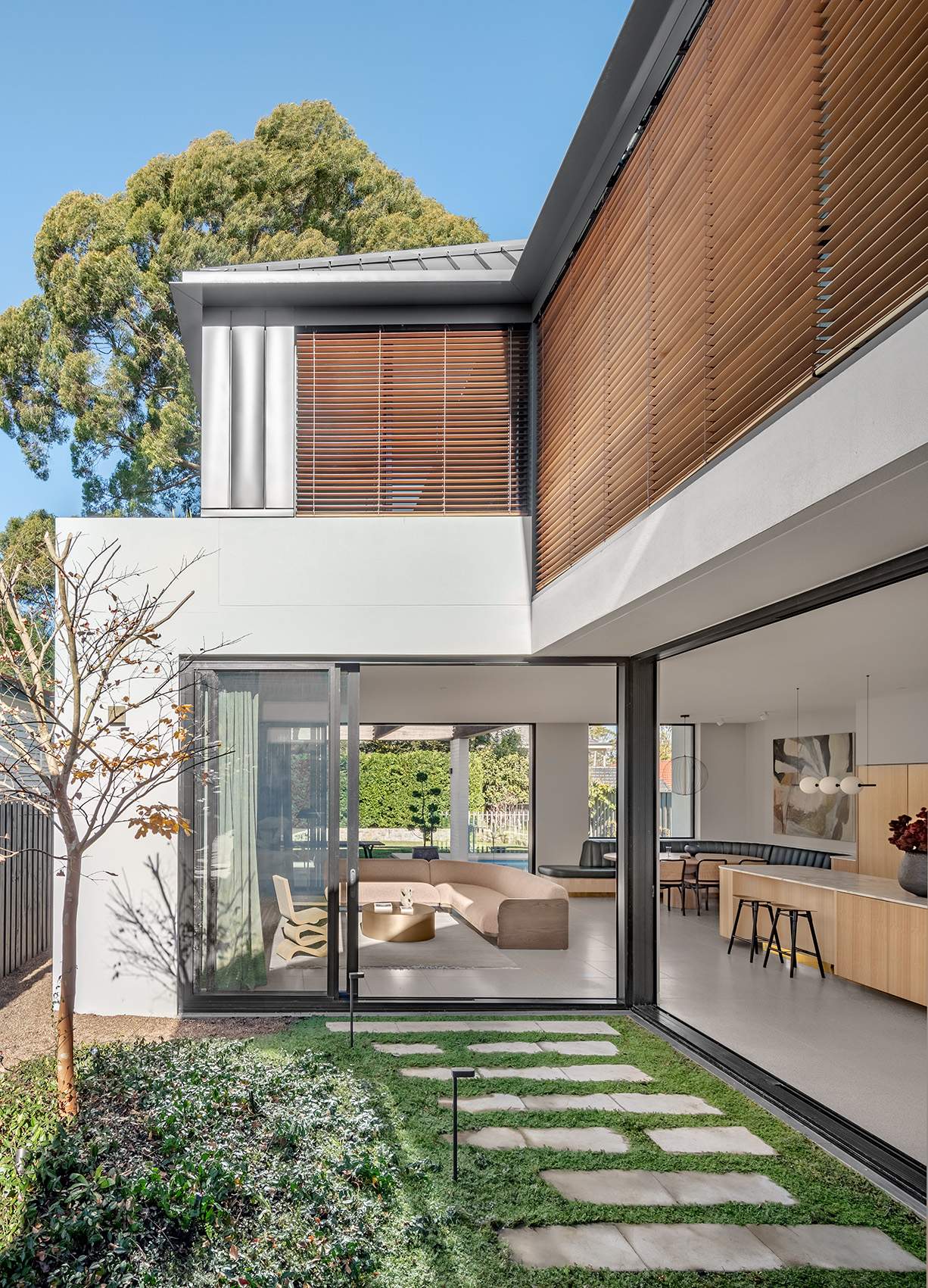
—
Just 55 minutes from Sydney, make this your creative getaway located in the majestic Hawkesbury region.
Consumers are going to gravitate toward applications powered by the buzzy new technology, analyst Michael Wolf predicts









